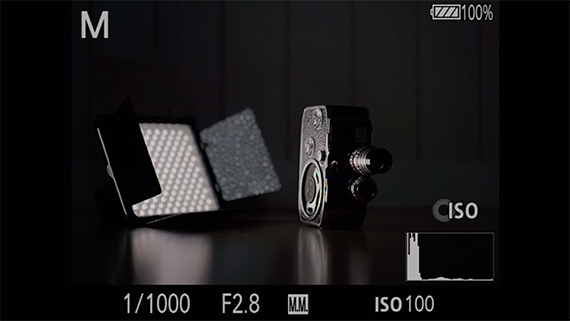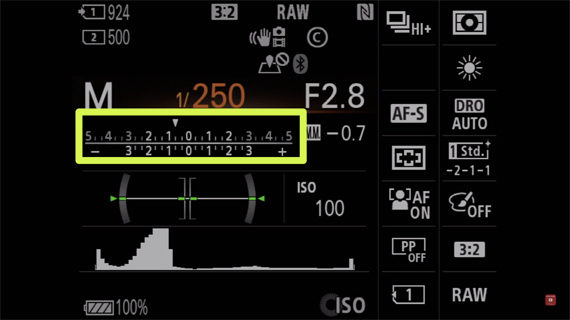You probably already know that your camera’s auto exposure doesn’t get it right every time, but did you know that there are some very easy ways to make up for it? In the following video, photographer Pierre Lambert sheds some light on how to expose your shots:

“The more you’re in control, the better you can get the effect you have in mind.”
For many beginners diving into a camera’s functions can seem a bit intimidating, but most are truly easy to master. Here are Lambert’s tips to master exposure.
Choose the Right Metering Mode
The first thing you need to do is decide how you want your camera to calculate exposure. Most cameras have several metering options, but Lambert sticks to just two different modes for most of his images.
Center Average Metering
Lambert uses center average metering for 90 percent of his shots. It uses information from the entire frame but puts an emphasis on the center.
Spot Metering
When you want to meter for a precise spot in your frame, switch to spot metering. Metering for a single spot is perfect for when you need your subject perfectly exposed and care less about other elements in the frame.
Learn How to Use Your Histogram
The histogram is a graphical representation of the dark and light areas in your photo. When most of the information is to the left, you have a darker photo. When it’s to the right, it’s a brighter photo.

Histogram
When information falls off either side of the histogram, you’re losing either shadows or highlights.
Try Out Exposure Compensation
When you’re shooting in an automatic or semi-automatic mode, you can use exposure compensation to quickly tell the camera to brighten or darken the photo.
Shoot in Manual Mode
Manual mode leaves no room for the camera to make any decisions automatically. You have complete creative control over your image. It’s particularly helpful in tricky lighting situations, like backlighting.
In the end, it’s absolutely true that the more control you take over the exposure in-camera, the more you’ll be able to make the picture you have in mind a reality.
Like This Article?
Don't Miss The Next One!
Join over 100,000 photographers of all experience levels who receive our free photography tips and articles to stay current:






Leave a Reply